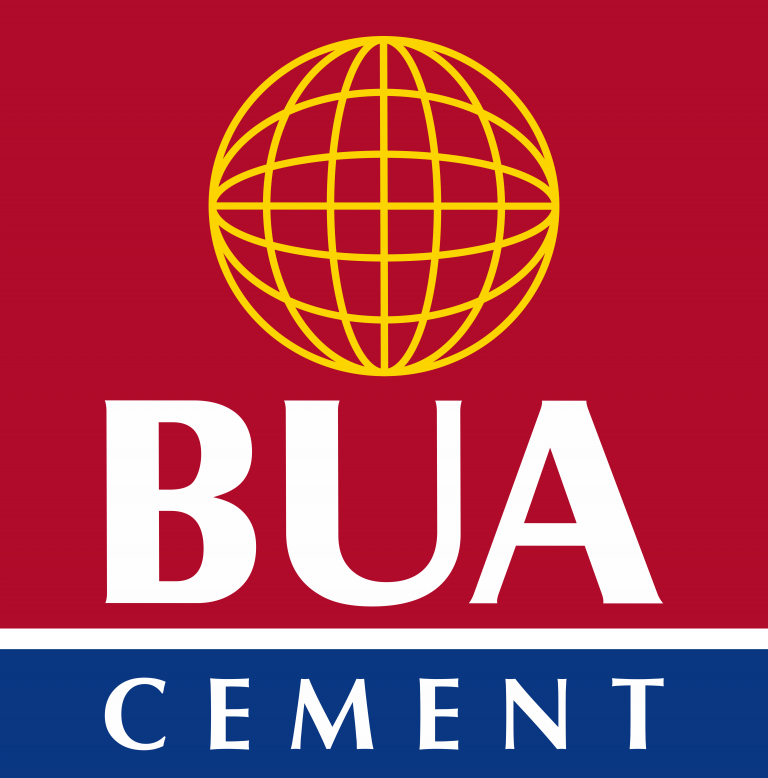In what is the aftermath of its recent business combination with former Cement Company of Northern Nigeria Plc, has presented its first post-merger score-card showing that revenues increased by 47.5% to N175.52bn in the 2019 financial year to the Nigerian Stock Exchange.
Cost of sales for the period increased by 57.6% year-on-year to N93.1bn in 2019, resulting from the increased production volumes, even as energy cost climbed 75.6% up from N20.67bn to N36.29bn also from the enhanced capacity, though energy per ton of cement produced increase by 14% year-on-year; the result of slight increase in energy cost.
Operating expenses recorded a 20.2% rise from N18.6bn in 2018 to N22.36bn in 2019, resulting from administrative expenses which dropped by 16.0% to N10.52bn from N12.52bn due to a 45.6% decline in management and technical support expenses to N1.9bn in 2019 as against the previous N3.49bn.
Conversely, distribution and selling expenses soared by 94.8% to N11.84bn, supportive of higher sales volume from the route-to-new market strategy.
Net finance cost was up 41.3% to N5.19bn, compared to N3.67bn due to the increased working capital requirement, which rose from N3.9bn in 2018 to N21.36bn in 2019, necessitated by capacity enhancement.
Profit before Tax (PBT) rose 69.1% from N39.17bn in 2018 to N66.23bn; while Profit after Tax fell from N64.1bn to N60.61bn in 2019, which was due to deferred tax credit in 2018.
The company said it has received “approvals for the extension of pioneer status on Obu line-1 and Kalambaina line-2 were granted in February, 2020 for 2-years and 3-years respectively.”
BUA Cement Plc in its current form had in January 2020, concluded a business combination with CCNN Plc (Sokoto Cement) and BUA Cement Manufacturing Company’s Obu Cement Company.
Commenting on the result, Managing Director of BUA Cement, Yusuf Binji said it is the outcome of a focused and disciplined approach adopted by the board and management, following which it continues to record strong revenue growth.
He also acknowledged that the strong revenue and “cost synergies from the merger across: pricing, scale and operational efficiencies; all supported by a sustainable business model and a value-oriented strategy, which have translated to growing market acceptance and is reflective in our margins. This is despite the complexities and uncertainty that trailed the economic environment in 2019.
“We delivered on important strategic priorities, such as: the commissioning of our 3mmtpa Line-2 at our Obu Plant in March, 2019; the merger completion between CCNN Plc and Obu Cement Company Limited and commenced the listing process of BUA Cement Plc, the resultant entity of the merger on the floor of the Nigeria Stock Exchange (NSE), with the eventual delisting of CCNN Plc.
“Going forward, our focus is to further harness the full benefits of the merger while making further in-roads to “new markets” both locally and outside Nigeria. We understand that the local and indeed the global economy would experience more uncertainties, yet we expect continued strong showing across the business, spurred-on by continued recovery across the global economy,” he added.
Also commenting on the result, Acting Chief Financial Officer, Chike Ajaero noted that during the period under review, “we reported a decline in Profit after Tax (PAT) from N64.07bn in 2018 to N60.61bn which was due to income tax credit of N26.76bn in 2018 from reversal of previous tax provision made on Obu Line 1 and deferred tax credit on securing approval for tax exemptions under pioneer status incentive in 2019.
“Net deferred tax charge of N5.15bn was provided for in the current year and actual tax payable of N475.29m. Obu Line-1 and Kalambaina Line -2 are both on pioneer status approved in February 2020 for 2-years (extension) and 3-years respectively. The computation of Earnings per Share (EPS) for 2018 has been re-stated, to reflect a business combination under common control, as at January 2018”.
According to the operational highlights for the period, the company said dispatched cement volume rose by 53.2% from 2,940kt in 2018 to 4,501kt, as at 2019; arising from the increased capacity; while the merger with CCNN Plc yielded revenue and cost synergies. The directors also noted an “entry into new markets aided by value-oriented strategy.”
As part of its medium to long-term strategic priorities, the board listed the completion of the Kalambaina Line-3 (3mmtpa) by half-year 2021, in addition to driving further cost and revenue synergies from the merger, as well as building on gains recorded from current footholds in “new markets.”







